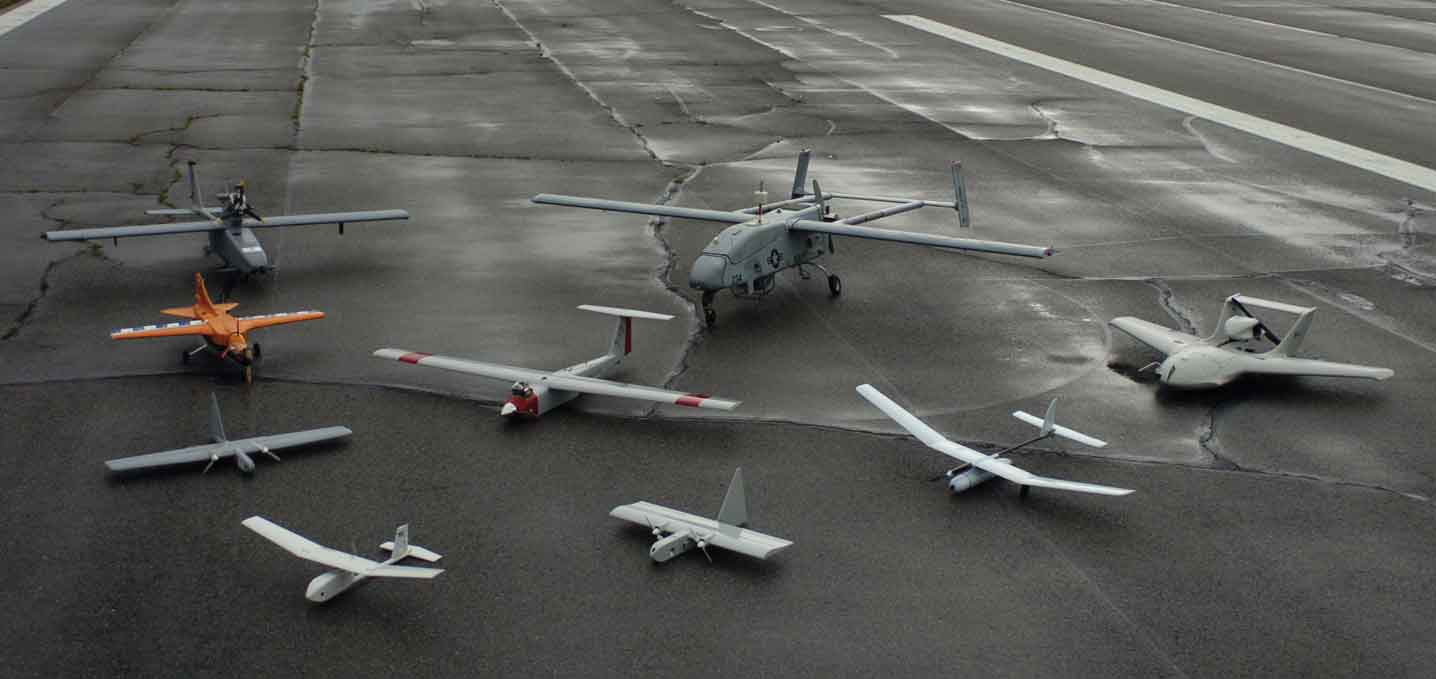The swift evolution of drone technologies has brought forth a new era of innovation and convenience across sectors. The availability of advanced and affordable small unmanned aircraft systems (UAS) has facilitated diverse applications, ranging from delivering medical supplies to remote areas to maintaining commercial aircraft. However, this advancement has also led to the misuse of unmanned aerial systems (UAS), introducing risks such as unauthorized surveillance missions and large-scale attacks.
Recent incidents, like Ukrainian attack drones targeting a crucial oil processing facility in southern Russia and an Indian-flagged crude oil tanker falling victim to an attack drone in the Red Sea, emphasize the urgent need for enhanced security measures to protect essential infrastructure. Therefore, as drones become more accessible and sophisticated, the necessity for robust Counter-Unmanned Aircraft Systems (C-UAS) has evolved from a priority to an imperative. The surge in demand for anti-drone solutions is driven by the urgency to neutralize the escalating risks associated with the misuse of drone technology. According to the report, the global C-UAS market was valued at USD 2.5 million in 2023 and is projected to reach USD 12.8 million by 2030, reflecting a 25.1 per cent annual growth rate.
Against this backdrop, three key trends in anti-drone systems are expected to play a crucial role in mitigating risks associated with drone technology misuse:
One of the most notable trends in the counter-UAS domain is the integration of artificial intelligence (AI) and machine learning (ML) technologies.
According to one analysis, the global market for AI for drone projects is likely to be worth $84 billion by 2030.
Counter-drone solutions are evolving alongside AI, harnessing its power for more intelligent threat detection, response automation, and adaptive strategies. This integration promises a future where these systems become more precise, efficient, and capable of tackling increasingly complex drone threats.
In 2024, we can anticipate the deployment of advanced algorithms that leverage machine learning to analyze vast datasets in real time. These algorithms will enhance the ability to distinguish between harmless drones and potential threats based on their behaviour, flight patterns, and communication signals. The adaptive nature of machine learning ensures that the counter-UAS systems can continuously learn and improve their detection accuracy over time.
The trend of deploying network-centric systems for area defence represents a shift in the approach to counter-drone strategies. Unlike traditional manual weapons and point-based defence systems that are not able to counter and protect large defence bases and linear infrastructure like international borders and such sensitive areas against UAVs, low RCS missiles, smart munitions and swarm drones given the dependence on physical sighting. For example, a minimum of 300 systems are required to be deployed to protect the entire 4000-plus-mile border stretch that India shares with Pakistan and China, and this is financially not a viable option.
In a network-centric defence system, a network of interconnected sensors, communication devices, and counter-UAS technologies is strategically deployed across a given area. This interconnected network allows for the seamless sharing of information and coordinated responses to potential drone threats. The objective is to create a unified defence infrastructure that can detect, track, and mitigate drone threats across the entire defended region.
Key features include active defence, real-time situational awareness, an integrated mesh network for seamless compatibility with the current weapons suite and infrastructure, continuous 24/7/365 monitoring, tracking, and response to potential drone threats. Unlike reactive point-defence systems, the network-centric approach addresses the dynamic tactics of drone operators to ensure the effective protection of critical infrastructure in the defended area.
The traditional counter-UAS systems often rely on kinetic methods, such as jamming or shooting down drones, which may pose risks in urban environments or crowded spaces. Directed energy weapons offer a non-kinetic alternative, providing a more precise and controlled means of neutralizing drones.
DEWs use focused energy, such as lasers or microwaves, to disable or disrupt the electronic components of drones without causing physical damage. This technology allows for a more selective approach, enabling security personnel to disable a drone without the need for physical interception. DEWs offer a silent and instantaneous response, minimizing the risk of collateral damage and ensuring a more discreet counter-UAS operation.
Moreover, directed energy weapons provide a cost-effective solution, as they can be used repeatedly without the need for expensive ammunition. This makes DEWs an attractive option for both military and civilian applications, where cost-efficiency and precision are crucial considerations.
Way Forward
Russia and Ukraine have starkly demonstrated that future warfare will prominently feature drones, making both drones and anti-drone equipment indispensable in upcoming conflicts. The escalating demand for drones is poised to persist, driven by their versatility and evolving technology. Drones will not only navigate the air but also various terrains, including ground, water surfaces, and even underwater domains.
As the drone landscape undergoes continuous transformation, the imperative for advanced and adaptive counter-unmanned Aircraft Systems (C-UAS) technologies becomes increasingly evident. These developments underscore a proactive and comprehensive approach to tackling the challenges presented by drones. This ensures that security personnel remain equipped to efficiently detect, analyze, and mitigate potential threats within an ever-changing and dynamic environment.





